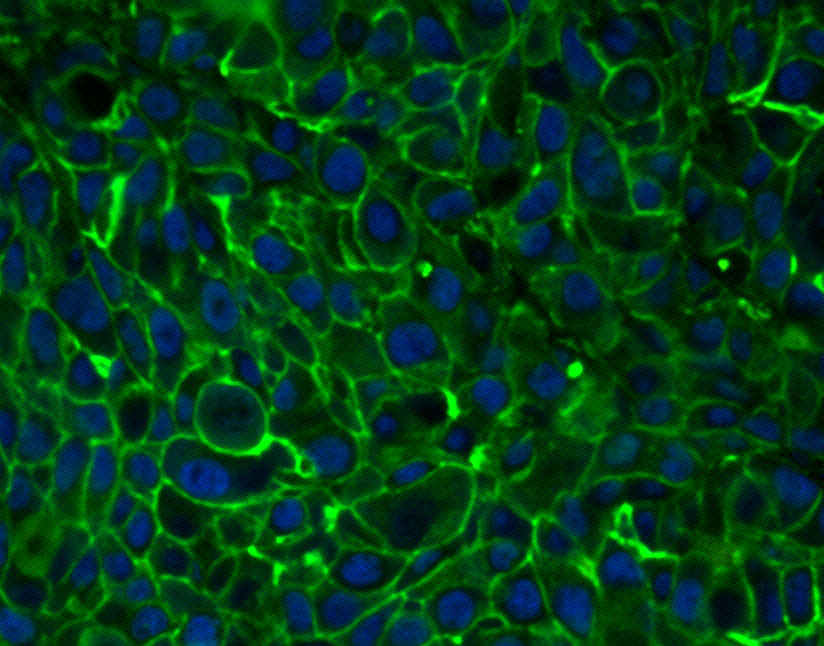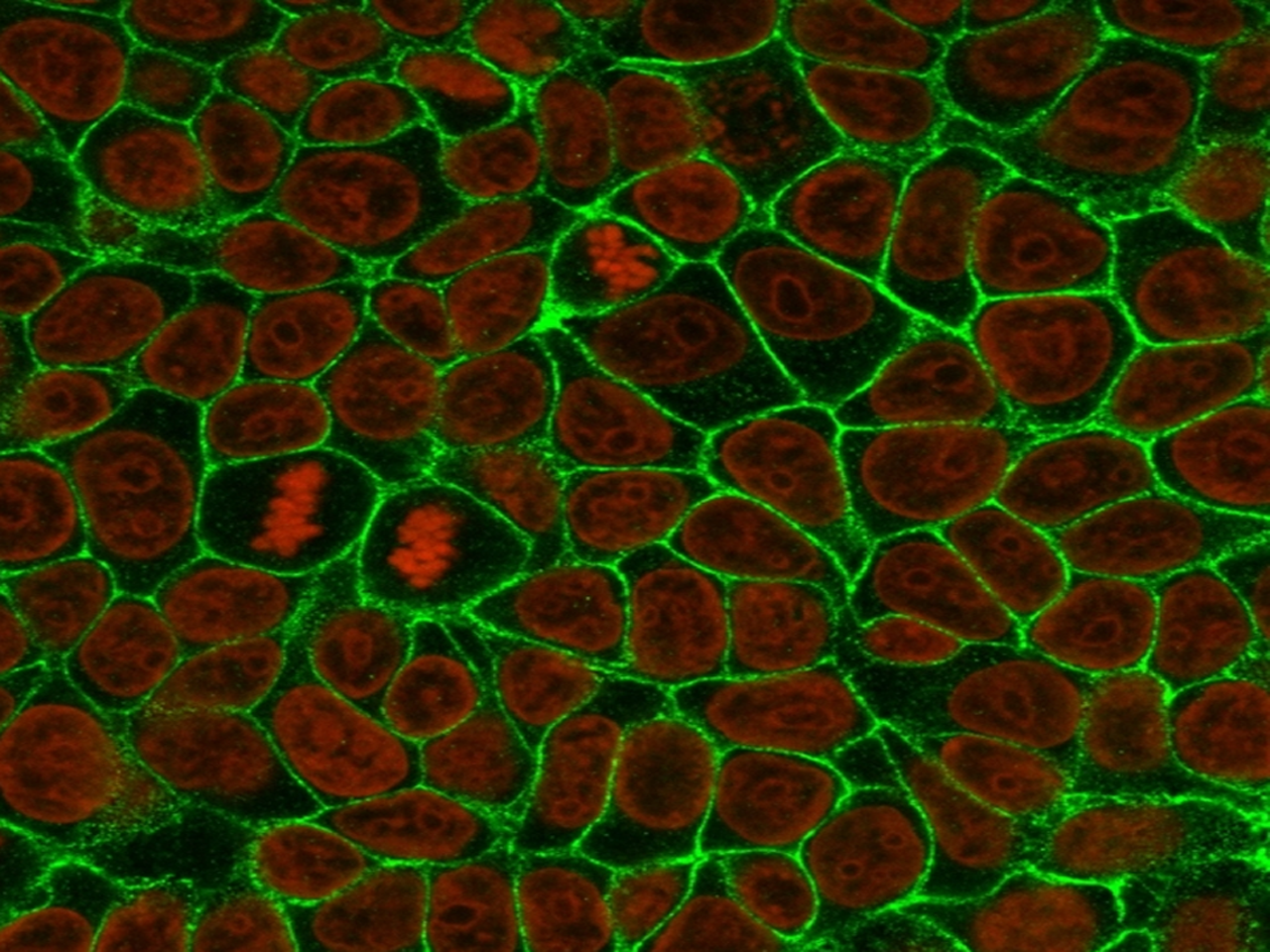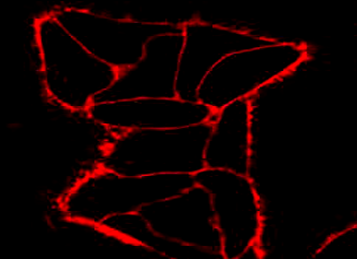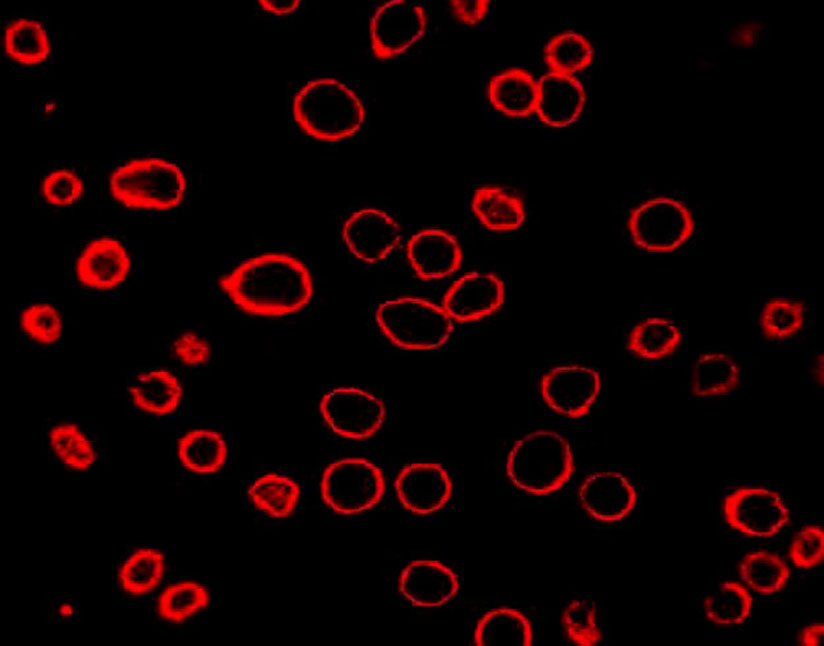Basic Information
Product name | DiD Membrane Probe (Red) |
Size | 10 mg |
Storage | Store at -20 ℃, protected from light |
Shipping | Shipped with ice pack |
Validity | 12 months |
Molecular Structure
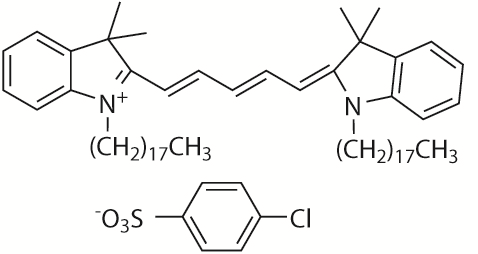
DiD excitation/emission wavelength: 644/663 nm
Product Introduction
DiD is a member of the lipophilic fluorescent dye family and can be used to stain cell membranes and other lipophilic biological structures. When DiD binds to the cell membrane, its fluorescence intensity is greatly enhanced. These dyes have a high quenching constant and a long excited-state lifetime. Once the cells are stained, the dyes diffuse across the entire cell membrane and can stain the entire cell membrane at the optimal concentration. DiD (far-red fluorescence) can be used for imaging and flow cytometry of live cells. DiD can be excited by a 633 nm He–Ne laser and has longer excitation and emission wavelengths than DiI (a common fluorescent cell dye), making it more valuable for cell and tissue staining.
After DiD staining, fixation with paraformaldehyde (other reagents such as methanol should not be used) can be performed. However, it is not recommended to conduct permeabilization after staining. In addition, good plasma membrane staining can also be achieved after fixation and permeabilization (with 0.1% Triton X-100 at room temperature).
Reagent preparation
(1)Preparation of stock solution: The stock solution is prepared with anhydrous DMSO or EtOH, with a concentration of 1~5 mM.
Note: Unused stock solution should be stored in aliquots at -20℃ to avoid repeated freezing and thawing.
(2)Preparation of working solution: Dilute the stock solution with an appropriate buffer (e.g. serum-free medium, HBSS or PBS) to prepare a working solution with a concentration of 1~5 μM.
Note: The final concentration of the working solution is recommended to be optimized according to different cell lines and experimental systems. It is recommended to start exploring the optimal concentration within a range of 10 times the recommended concentration.
Note: This reagent is for scientific research use only!

